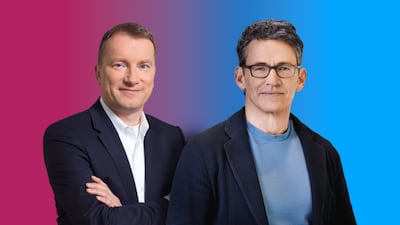Stem-cell and regenerative medicine firms are scrambling to find business models to harness the field's nascent, rapidly evolving science. Companies deep into clinical trials are still looking for pharma partnerships. Earlier stage biotechs are trying to turn their platforms into research revenue as they look to non-profit, government, and private funding sources to advance their preclinical therapeutic programs. Whatever the model, worries abound that the financial woes of the next couple of years could blunt hard-earned momentum.
Two words help explain why researchers, clinicians and patients
with life-threatening disease hold so much hope for regenerative
medicine: Berlin Man.
That's the moniker for the anonymous leukemia patient who
underwent a bone marrow transplant treatment at the Charite Clinic
in Berlin nearly three years ago. He was also HIV-positive, and
doctors decided to match him with a donor whose T cells had a rare
mutation of the CCR5 receptor known as Delta 32 that confers HIV
resistance





